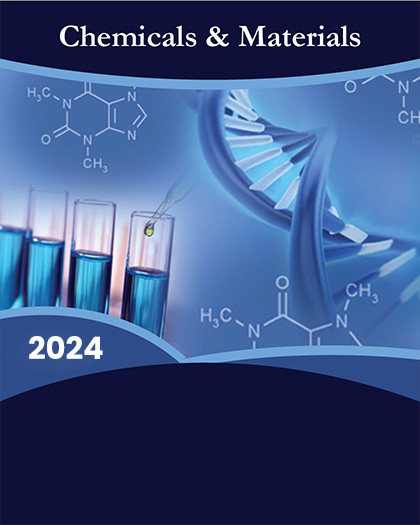
The global agrochemicals market was valued at approximately USD 271.42 billion in 2023 and is anticipated to grow at a compound annual growth rate (CAGR) of 5.4% from 2024 to 2032, reaching a market size of USD 446.65 billion by 2032. Agrochemicals, encompassing fertilizers, pesticides, and plant growth regulators, play a pivotal role in modern agriculture by enhancing crop yield and safeguarding plants against pests, diseases, and weeds. These chemical products are integral to ensuring large-scale food production and improving crop quality, thereby supporting global food security in an era of rapidly increasing population.
The burgeoning global population has led to an escalating demand for food, which in turn drives the need for higher agricultural productivity-a feat often accomplished through the strategic application of agrochemicals. Fertilizers, by enriching the soil with essential nutrients, and pesticides, by protecting crops from destructive organisms, ensure that yields are maximized. This increased productivity is crucial to meeting the rising food demand, especially as arable land becomes increasingly scarce. Also, technological advancements within the agrochemical industry have further bolstered market growth. Innovations in product formulations and delivery mechanisms have enhanced the efficacy and environmental compatibility of agrochemicals. These advancements include better-targeted products with controlled release features, along with the development of genetically modified crops tailored to specific agrochemical applications. Such technological progress not only amplifies the effectiveness of agrochemicals but also mitigates their environmental impact, thereby garnering greater acceptance among farmers and regulatory bodies alike. Also, the expansion of commercial agriculture, particularly in developing regions transitioning from traditional farming practices, has significantly augmented the adoption of agrochemicals. Commercial farms, driven by the imperative to maximize productivity and ensure consistent, high-quality outputs, are increasingly reliant on fertilizers, pesticides, and other agrochemicals. This shift is further accelerated by the growing demand for food exports and the competitive pressures faced by agricultural producers in the global market. However, the agrochemicals market faces substantial challenges, primarily stemming from environmental and health concerns. The excessive use of chemical pesticides and fertilizers has been linked to soil degradation, water contamination, and biodiversity loss, prompting stricter regulations and heightened consumer scrutiny. Additionally, the potential health risks associated with synthetic pesticides have catalyzed a shift towards organic farming and alternative pest management strategies. To navigate these challenges, agrochemical companies must innovate and invest in sustainable, environmentally friendly solutions that align with evolving regulatory and consumer demands.
The key regions analyzed in the global agrochemicals market study include North America, Europe, Asia Pacific, Latin America, and the Rest of the World. Asia Pacific is expected to dominate the market, driven by the large-scale adoption of agrochemicals in countries like China and India, where agricultural productivity is a critical concern. Meanwhile, the North American and European markets are anticipated to witness steady growth, supported by technological advancements and a strong regulatory framework.
Major market players included in this report are:
Royal Dutch Shell plc
OCP Group
SABIC
PhosAgro
Yara International
Rashtriya Chemical Fertilizer Ltd.
Adjuvants Plus Inc.
Merck KGaA
Praxair Technology, Inc.
Southern Agricultural Insecticides, Inc.
The detailed segments and sub-segments of the market are explained below:
By Type:
Fertilizers
Pesticides
By Pesticide Type:
Insecticides
Herbicides
Fungicides
Nematicides
Other Pesticide Types
By Fertilizers Type:
Nitrogenous Fertilizers
Phosphatic Fertilizers
Potassic Fertilizers
By Crop Type:
Cereals & Grains
Oilseeds & Pulses
Fruits & Vegetables
Other Crop Types
By Region:
North America
U.S.
Canada
Europe
UK
Germany
France
Spain
Italy
ROE
Asia Pacific
China
India
Japan
Australia
South Korea
RoAPAC
Latin America
Brazil
Mexico
RoLA
Middle East & Africa
Saudi Arabia
South Africa
RoMEA
Years considered for the study are as follows:
Historical year - 2022
Base year - 2023
Forecast period - 2024 to 2032
Key Takeaways:
Market Estimates & Forecast for 10 years from 2022 to 2032.
Annualized revenues and regional level analysis for each market segment.
Detailed analysis of geographical landscape with Country level analysis of major regions.
Competitive landscape with information on major players in the market.
Analysis of key business strategies and recommendations on future market approach.
Analysis of competitive structure of the market.
Demand side and supply side analysis of the market.
























